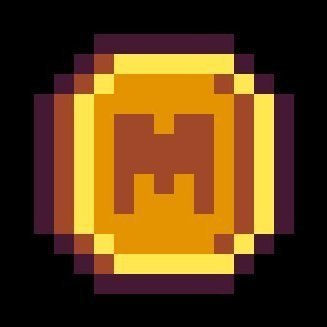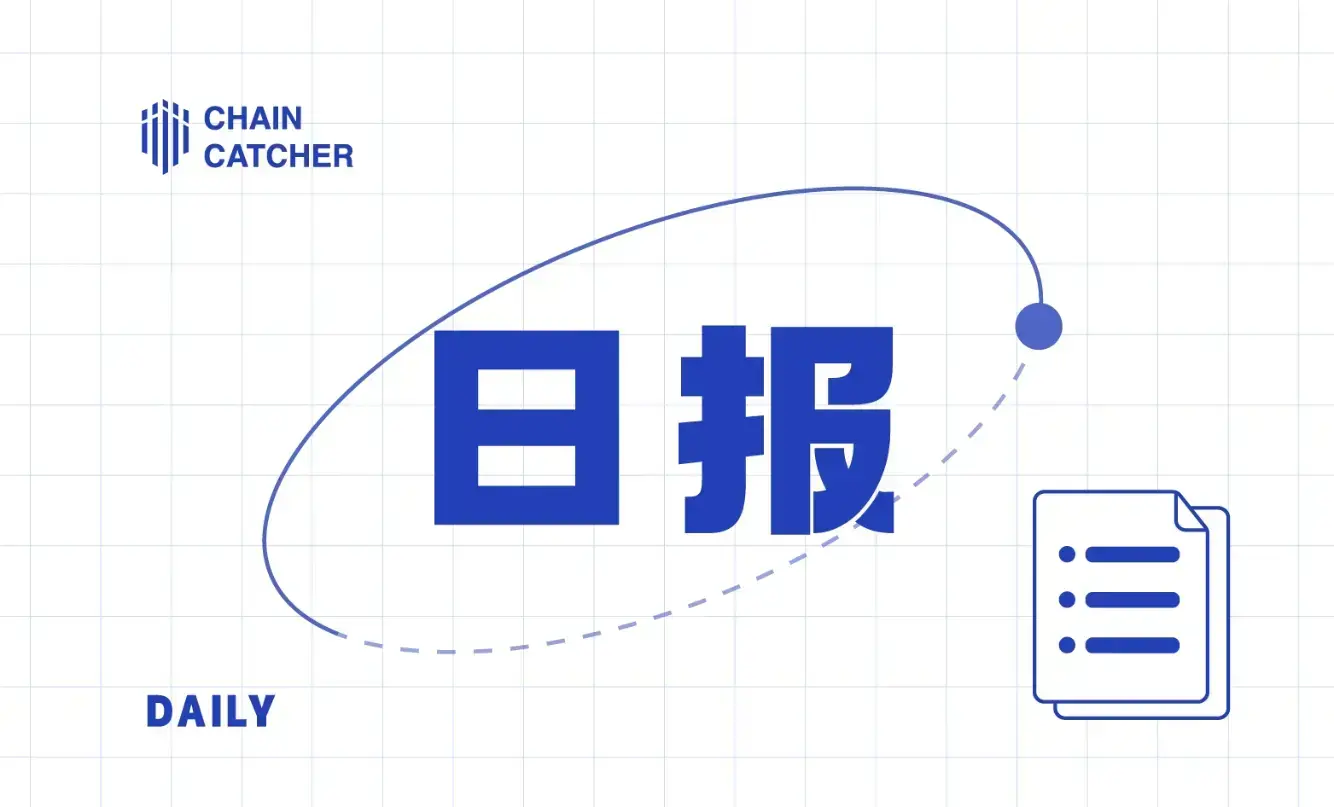Several established NFT projects have launched MEME coins: collectively experiencing a roller coaster market, with limited impact on NFT prices
Written by: Nancy, PANews
Whether from the pre-sale frenzy of hundreds of millions of dollars or the continuous new highs in on-chain data, MEME has undoubtedly become the "traffic password." Recently, established NFT projects like mfers, Doodles, and Goblin Town have regained market attention by issuing MEME coins, showcasing some astonishing price increases. As the hottest topic in the current bull market, can NFTs leverage MEME to initiate a new narrative of value?
In the early hours of March 30, mfers founder Sartoshi announced the issuance of his MEME coin mfercoin on the Base chain, with both NFT holders and artists eligible for airdrops. After the launch of $MFER, its price surged alongside the hype, with Dex Screener data showing that $MFER rose from an initial price of $0.0000149 to a peak of $0.3213, an increase of over 21,000 times. Amidst this massive surge, smart money made significant profits; for instance, Lookonchain monitored a trader who spent 0.1 ETH ($351) to purchase $MFER and sold part of it for 499 ETH ($1.77 million), earning about $1.9 million, with a return of 5,598 times. On-chain analyst @ai_9684xtpa tracked a smart money address starting with 0x708 that spent 0.79 ETH to buy 90.12 million $MFER at an average cost of only $0.00003139, reaching a maximum value of $28.95 million. As of the time of writing, the price of $MFER has fallen over 43.9% from its peak, with a market cap retreating to $180 million.

Doodles founder poopie also participated in this social experiment of MEME by issuing the MEME token $poop on Base, but stated that it is unrelated to the Doodles project itself. Dex Screener data shows that $poop surged from an initial price of $0.00002275 to a peak of $0.0843 within about an hour, an increase of approximately 3,705.5 times, but subsequently the token fell to its current price of $0.006677, a decline of 92.1%, with a market cap of only $7.4 million.
The continuous decline of $poop is believed to be related to the excessive holdings by bots. According to blockchain analysis platform Bubblemaps, after analyzing 18,800 wallets, it found that poopie airdropped $3 million worth of $poop to NFT holders, while bots received $8 million worth of token airdrops. However, some large holders have already begun to burn $poop worth millions of dollars.

In contrast to the above two projects, the team behind Goblin Town, Truth Labs, tweeted support for the already Rugged Solana project CABBAGEcoin, stating that they had purchased it. This token was "acquired" by KOLs and will be used as a community coin for Goblin Town, with airdrops for NFT holders. Birdeye data shows that $CABBAG surged from $857.7 to a peak of $42.363 million, an increase of over 53,000 times, but has now fallen over 92% to $3.337 million.
Additionally, another co-founder of Truth Labs tweeted today, "If you still want to play the game, go play $Fools, no team, no Telegram, nothing at all. But don't believe everything you hear today; today is April Fool's Day." Nevertheless, market data shows that $Fools surged from $0.00007749 to over 57 times its value to $0.004531 in just over ten minutes, but has since fallen 91.6% from its peak.

Although these MEMEs had a strong beneficial effect at their initial launch, they still experienced a rollercoaster market in a short period. Meanwhile, the MEME coin market has also brought varying degrees of impact to related NFT projects.
OpenSea data shows that since the MEME news on March 30, the prices and trading volumes of mfers NFTs have reached a peak in recent months, with the floor price rising over 97.8% to 0.75 ETH, and daily trading volume exceeding 254 ETH. However, with the decline in $MFER's price, as of April 1, the price of mfers has dropped about 24% from its recent peak, with daily trading volume being less than one-tenth.
In contrast to mfers, Doodles and Goblin Town have not shown significant changes. As of April 1, Doodles' floor price has only increased by 3.2% since the launch of $poop, while trading volume has decreased by 66.5%; Goblin Town's floor price has remained basically unchanged, with no transactions since March 26.
From the market performance perspective, mfers, which took the lead, performed relatively well. Many community members explain that the success of mfers is not because they are an NFT project that issued a coin, but rather due to the inherent MEME effect, which other projects do not possess.
In conclusion, as MEME becomes a carrier of traffic, it is not surprising that NFT projects in a downturn are "entering the game" with MEME, especially for projects with a certain user base and brand influence, which naturally have greater dissemination power. However, it is still too early to sound the horn for a counterattack, and if a better community consensus and support are not formed, it will accelerate the consumption of existing value.










